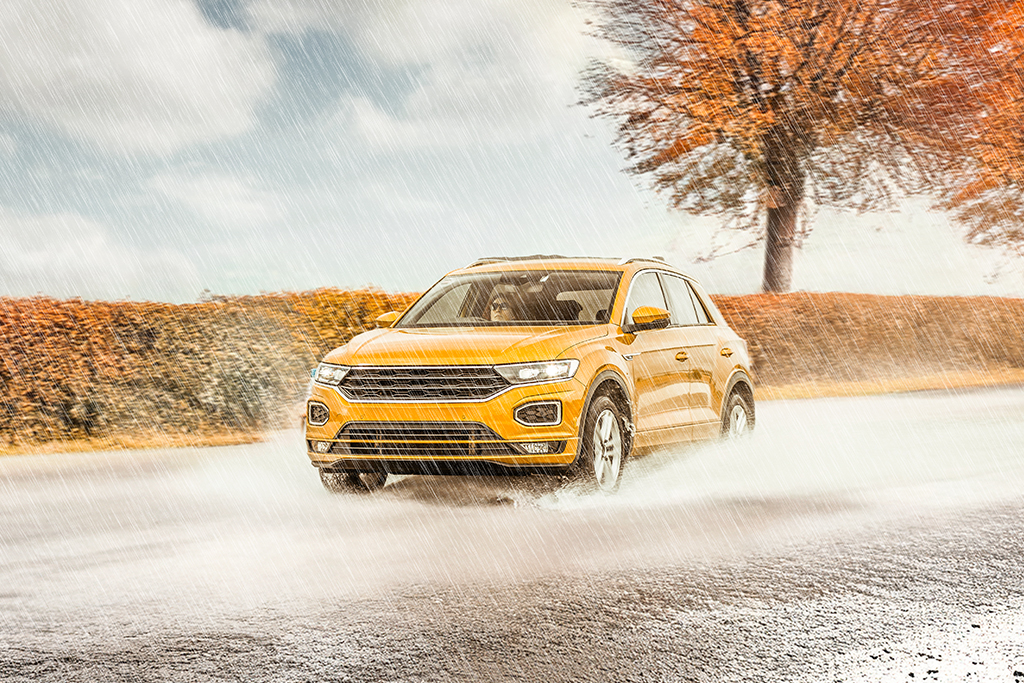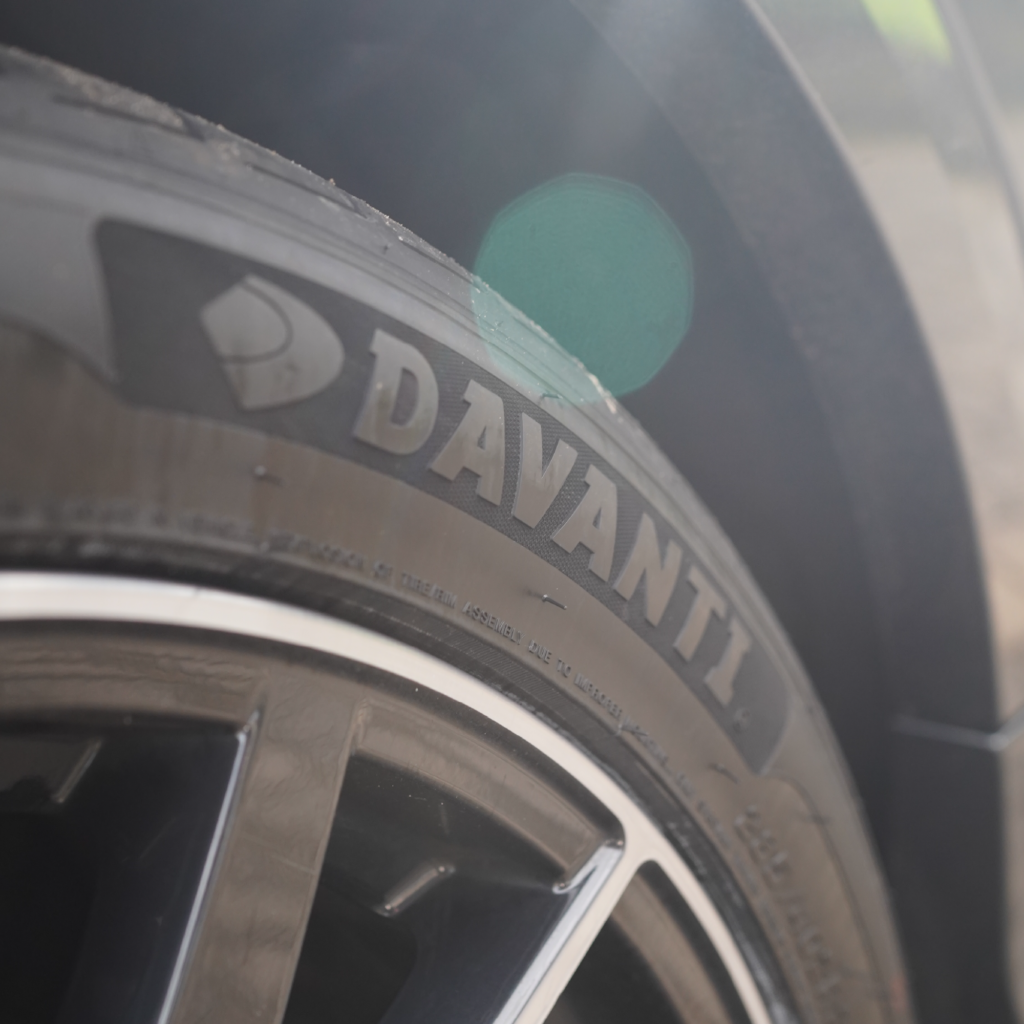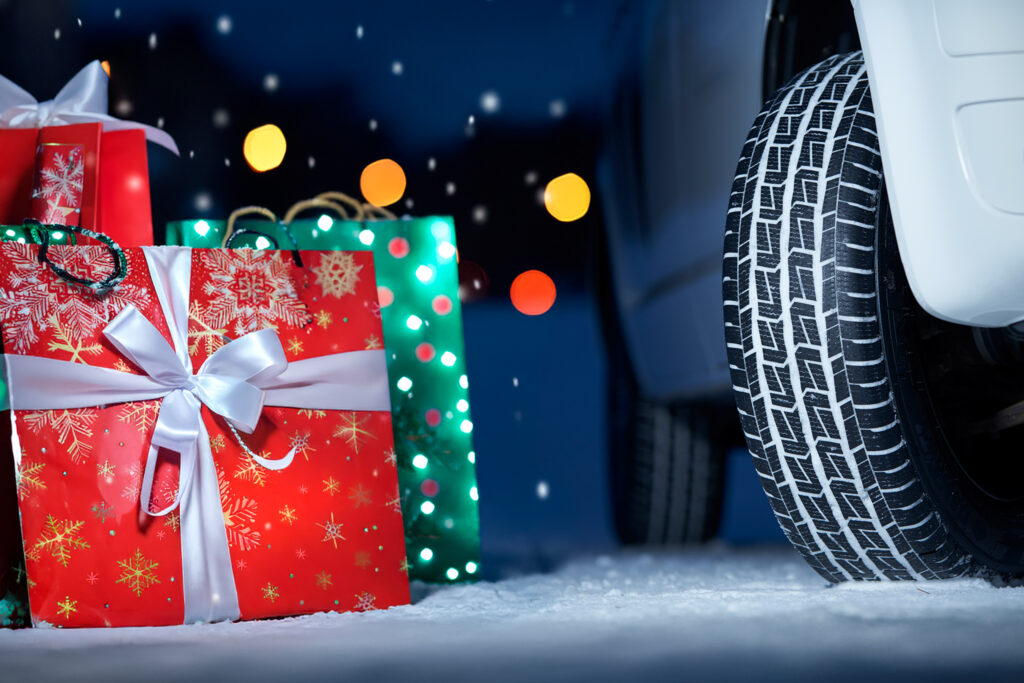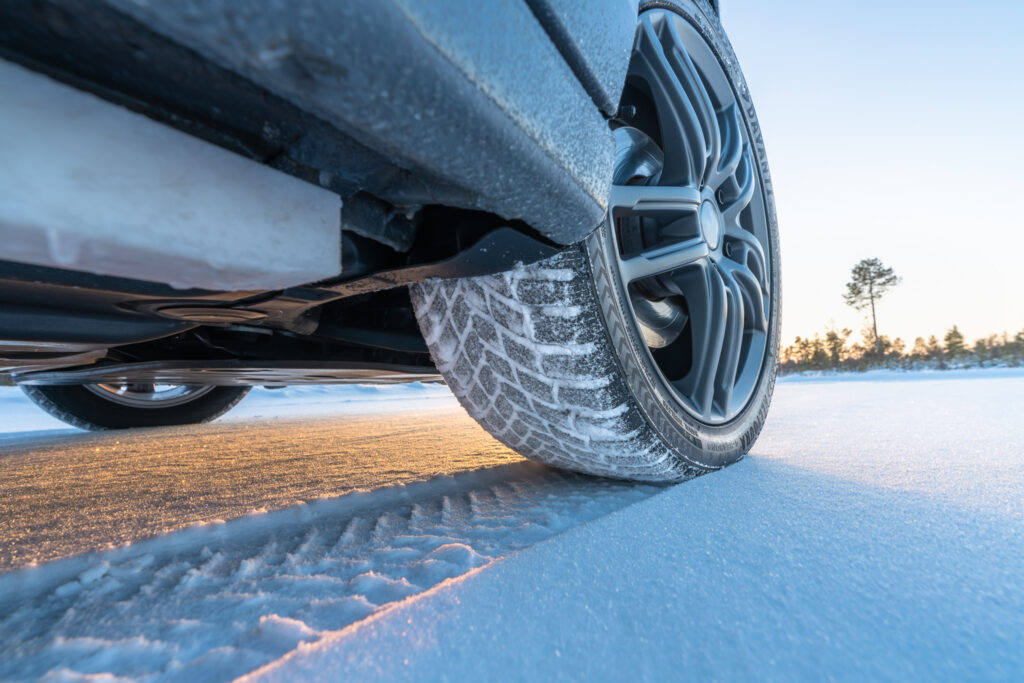Things to consider when driving in winter
25th January 2024
During the winter, the roads can be dangerous, with an increased risk of breakdowns and driving hazards. According to available data, drivers are 15% more likely to be involved in an accident in winter when compared to summer. The increase may be attributed to factors such as darker nights, obscured hazards, or challenging weather conditions. In addition, your car also faces environmental hazards, including freezing screenwash, buildup of ice, and a hit to your vehicle performance. To help you stay safe, check out our tips for driving in the winter.
Have the right equipment
Store appropriate equipment in your car for the winter to effectively tackle ice, snow and any unexpected hazards. At the bare minimum:
- Ice scraper
- De-icer
- A charged torch
- Emergency first-aid kit
For those in more hazardous environments, it is also recommended to have warm clothing in case you get stuck, food, something to drink and a shovel.
Leave the house earlier
Be sure to prepare for any delays that you might encounter before setting off. After a cold night, you may wake up to a layer of ice or snow on your car, which is a time-consuming process to remove. Combining the use of de-icer with a scraper will help you remove ice from your windscreen and windows quickly, but make sure the bulk of snow and ice is cleared away before turning on your windscreen wipers to avoid damage.
Clear any large chunks of ice or snow from your roof as these may cause hazards for other drivers, or fall onto your windscreen when driving and obstruct your view unexpectedly.
Should I warm up my car?
Most modern cars can be driven off in the cold without any issues. By the time you have cleared the windscreen and turned on the heat, your car will have had ample time to set off. While it may not be at the temperature for optimal performance, you won’t have any risk of damage. However, older cars, in particular those with carburettors, can be influenced by the colder temperatures and will require a warm-up period to avoid damaging the vehicle.
Check the tread on your tyres
It is important to regularly monitor your tyre tread levels, and this becomes even more important during the winter months due to the increased hazards of rain, ice and snow. If your tyre tread is low, it will significantly increase braking distances and your chances of aquaplaning.
Even if you have specialised winter or all-season tyres, a consumer reports study found that the effectiveness of these seasonal tyres will be drastically reduced if the tread is low. With the ability to keep traction in the snow being impacted, your vehicle will require more energy to perform, and similar to summer tyres, cause an increase in braking distance and a higher risk of aquaplaning.
Take advantage of winter and all-season tyres
3PMSF certification (3 Peak Mountain Snowflake) indicates those tyres that are designed to withstand challenging winter conditions. When compared to conventional summer tyres that become hard in cold weather, winter and all-season tyres remain flexible, maintaining their grip in temperatures below 7°C. The unique tread has an enhanced ability to disperse water, the tread is also designed to compact and hold onto the snow, improving the traction of your tyre. Look for the 3PMSF symbol on your tyre, which will be paired next to the M+S (Mud and Snow) marking.
If you are interested in learning more about the 3PMSF certification and its benefits, check out our blog.
Landsail’s 3PMSF range
Landsail’s lineup of 3PMSF-certified products includes the Landsail all-season offering 4SEASONS, 4SEASONS VAN, as well as our specialised winter range with the Winter Lander, Winter Star and Snow Star meaning Landsail is a great choice for winter driving.
Look out for the 3PMSF symbol on your tyres to check if they are certified for winter, recognisable by a snowflake encased in mountain peaks next to the M+S (Mud and Snow) symbol on your tyres’ sidewall.
These types of tyres provide optimum safety and performance, whereas summer tyres tend to harden, resulting in a loss of grip and stopping distance, which these tyres are designed to avoid.
Still looking for the perfect tyre this winter? Check out our full range here, or if you still have some questions, reach out to us using our contact form.





